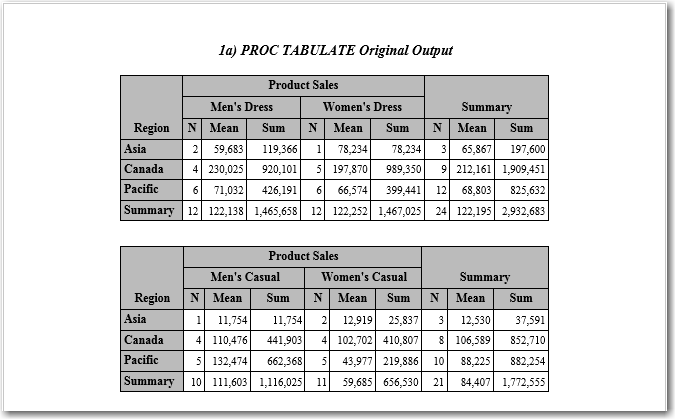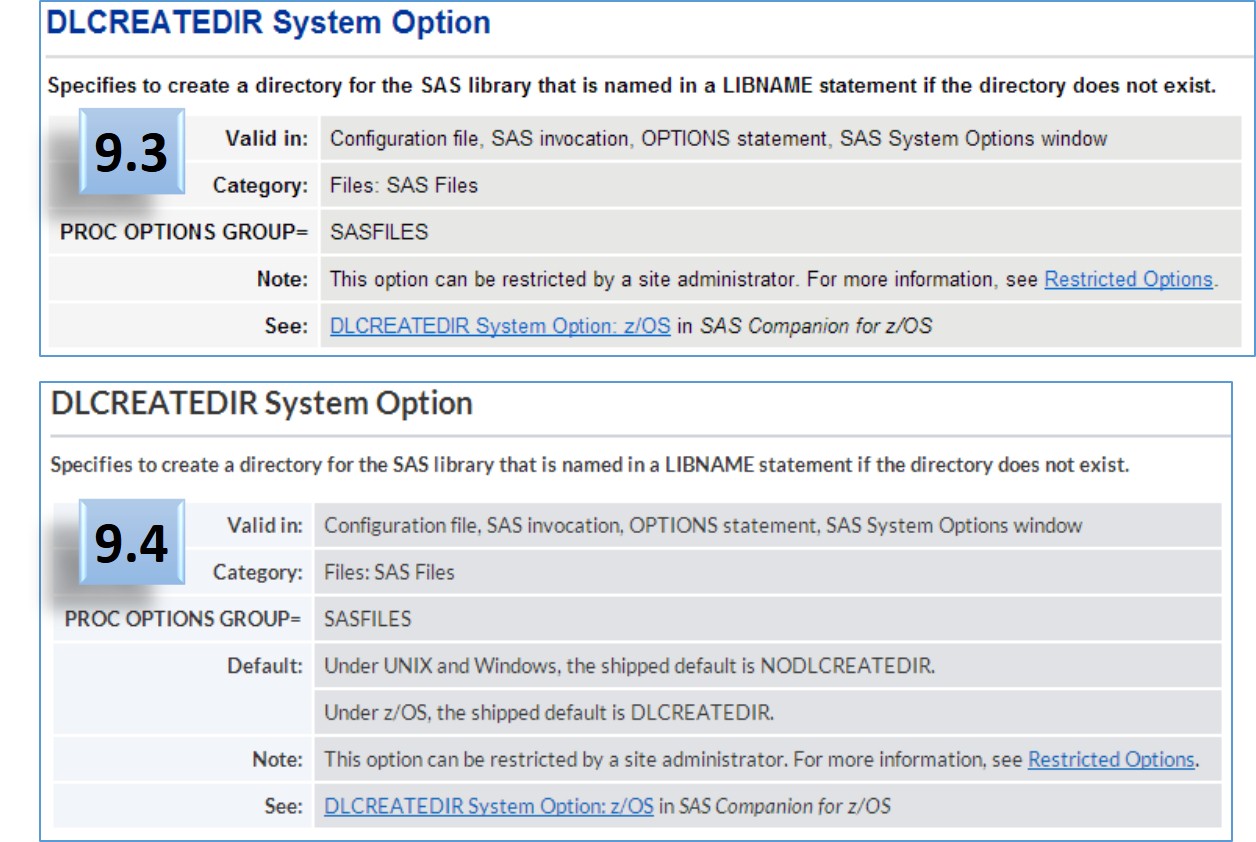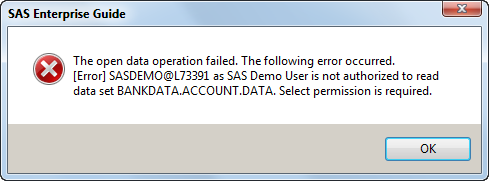All Posts

When you create maps, you are typically plotting data for analytics -- but you can also use SAS to create 'pretty' maps for background decorations (for posters, slides, presentations, etc). This blog shows you a few examples... A few years ago I noticed that the CNN Situation Room had a decorative

Plakatwände, Werbeblocks im Fernsehen, Postwurfsendungen, Werbe-Mails – so unterschiedlich die Kanäle und Formate auch sind, sie haben alle etwas gemein. Sie sind typische Formen des „Unterbrechungsmarketings" - ein Marketing, das die Konsumenten immer häufiger ermüdet, langweilt oder schlichtweg nervt. Der Grund: Die Relevanz fehlt. Denn der weitaus größte Teil dieser

Software performance is a complex topic. The answer to every question depends—depends on hardware, depends on operating system, architecture, time of day, number of users and so on. (Margaret Crevar gave us some insight into that complexity in her January 2013 post Improving performance: Understand the problem.) That’s why we

Do you make New Year’s Resolutions? Do you typically achieve them? Studies say that only about 40-50% of us make New Year’s Resolutions each year, and unfortunately very few of us actually succeed. Why is that? Were they unrealistic? Did we prepare to succeed? Were we ready to make a
Following Sanjay's cue (see “R U Graphing with SAS”), I tried creating data driven multi-cell graphs using R. I played with the lattice and ggplot2 packages. I found ggplot2 simpler to understand and use than lattice, but there are probably some trades offs. Data-driven layouts are referred to as 'faceting'

In 2013 I published 110 blog posts. Some of these articles were more popular than others, often because they were linked to from a SAS newsletter such as the SAS Statistics and Operations Research News. In no particular order, here are some of my most popular posts from 2013, organized

Sure, you have a great looking table and you produce it with PROC TABULATE. And then, bam! Your boss comes along and decides that since your output looks so good in Word, that he’d like that boilerplate paragraph inserted automatically. Currently, you produce the tables and then pass the RTF

Because I began my SAS career in the Publications division, I like to think that I have a keen eye when it comes to SAS documentation. When I first visited the SAS 9.4 online documentation, I immediately noticed that it had a different look. Examine the image below; can you
Recently a user new to GTL and SG procedures asked how to create a Bland-Altman graph on the SAS Communities site. He included an image of the resulting graph to indicate what he wanted, I described to him how that graph can be created, but since he is new to the art

Welcome to the SAS administrator blog series for 2014! Back in early 2013, the most popular posts on the SAS Users Groups blog were all about the roles and responsibilites of SAS administrators. I was reminded of them during a presentation at WUSS 2013 in Las Vegas. Carey Smoak of
In my previous post I described the new Polygon plot statement that is included with the SAS 9.4M1 release. So, a valid question is - what is my motivation for discussing the new features in SAS 9.4M1 when most users are at SAS 9.3 or SAS 9.2 versions? Here are a

In November, I resumed the “it’s all about the data” series, laying a foundation for helping SAS administrators understand how SAS stores and manages data for use in business intelligence and analytic applications. For this article, I culled our internal Thotwave knowledge base and queried our consultants who get questions

My children learned this skill early in life: when you want to secure permission for a questionable activity (say, "watch 5 hours of Phineas and Ferb" or "eat a bowl of candy for breakfast"), you should approach the most lenient adult in the household. In my early days of fatherhood,
The SAS 9.4 Maintenance 1 release is now shipping to users. This is great news for GTL and SG procedures users as this release includes some useful new features. Some of these are in direct response to your requests, and others are enhancements that we think you will come to like.
Often we have situations where the category values on the graph have long character strings. This is often the case when graphing survey responses to questions. The questions may be sentences, sometimes moderately long. With SAS 9.4, GTL and SG now support the ability to display tick values split over









